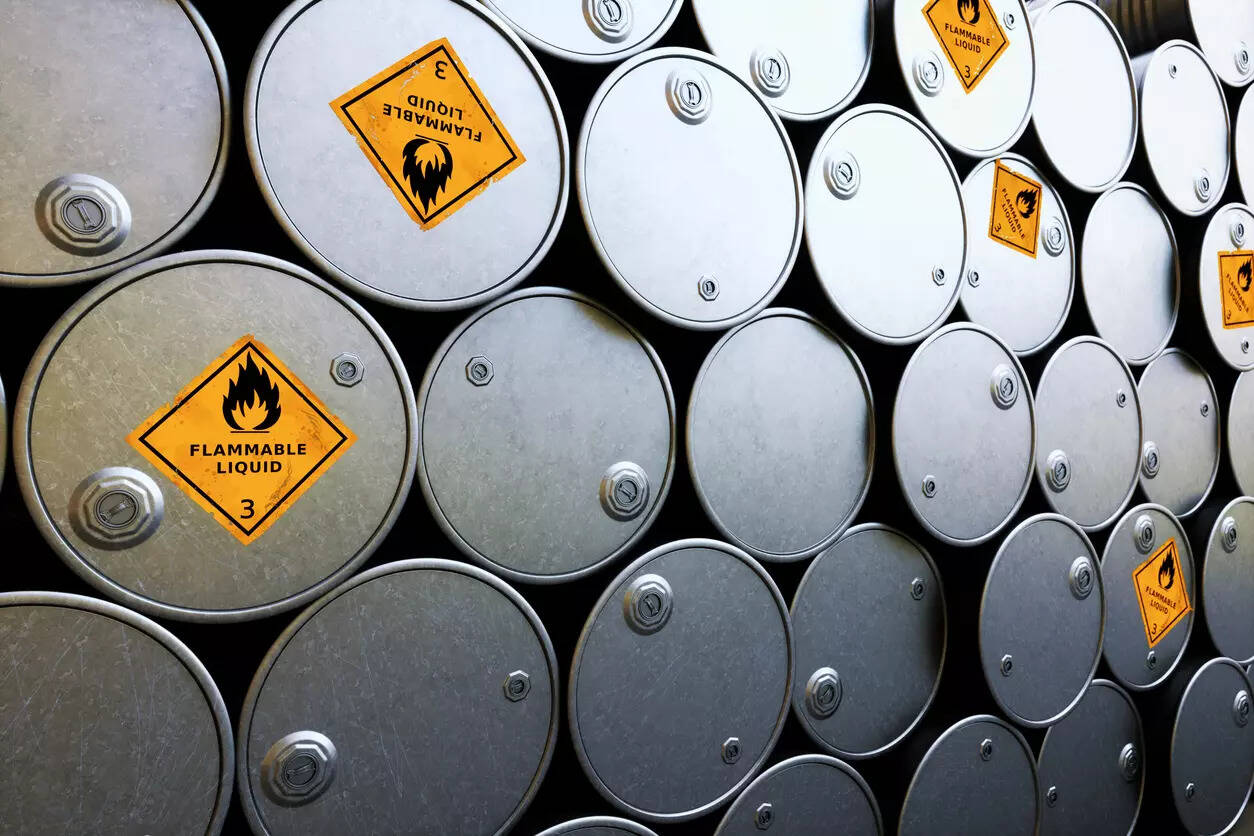
New Delhi: China’s crude oil stockpiling has emerged as a critical buffer for the global market even as storage makes little commercial sense in the current pricing structure. According to Rystad Energy, while crude inventories outside China have been falling, Beijing’s purchases have helped absorb excess supply and provide a temporary price floor.
“China’s oil stockpiling goes against the grain as the global oil market has been in firm backwardation — where current prices are above future delivery prices — which does not support crude oil storage,” said Lin Ye, Vice President, Oil Markets – Downstream, Rystad Energy. “China’s crude inventory changes are a critical buffer for the global oil market, and not a permanent solution.”
The geopolitical factor
China’s refiners, particularly independents in Shandong province, have been taking advantage of geopolitical disruptions. Sanctions on Iranian, Russian and Venezuelan crude tightened supply earlier this year, but imports recovered quickly by February and surged to record highs in March as traders found workarounds, including “dark fleet” tankers.
In anticipation of tougher sanctions from the West, independent refiners rushed to secure supplies, building inventories aggressively. More Iranian cargoes are expected in September as tankers wait at Chinese ports.
The US-China trade dispute also played a role. Despite exemptions for ethane and propane, China has tried to reduce reliance on US feedstocks, turning instead to crude oil as part of its “crude-to-chemicals” refining strategy.
The economics of cheap crude
The timing of China’s stockpiling coincided with a sharp fall in crude prices. Customs data shows the average cost of crude imports dropping to $72.7 per barrel in April — the lowest since the Covid-19 pandemic. In later months, landed costs slipped further, below $70 a barrel.
Saudi Arabia also cut its official selling prices (OSPs) in April and May after losing market share in Asia, making its crude grades even more attractive to Chinese refiners designed to process them.
The fundamentals of storage and refining
Seasonal maintenance outages in April–May reduced state-owned refining runs by about 1.2 million barrels per day, particularly at Sinopec facilities. As these units come back online, demand for crude inputs will increase.China has been steadily building storage capacity for years. From 1.4 billion barrels in 2015, capacity rose to 2.03 billion barrels by the end of 2024. Another 124 million barrels are expected by the end of 2025, alongside new refining capacity at Sinopec’s Zhenhai plant, CNOOC’s Daxie expansion, and the Yulong refinery.
This build-up reflects Beijing’s long-term energy security goals, with stockpiling seen as insurance against global supply shocks.
How long will stockpiling last?
After slowing in July and August, China’s stockpiling is expected to pick up again in September and continue into the fourth quarter of 2025. Rystad forecasts further builds in 2026, though at lower levels than this year.
“We believe the drivers of China’s crude stockpiling will remain, especially as geopolitical risks remain,” Lin Ye noted.
A surplus of 2.14 million barrels per day is projected in the fourth quarter of 2025 as OPEC+ unwinds production cuts and non-OPEC supply grows. This oversupply could drag prices lower, creating fresh incentives for China to continue adding to its reserves.


